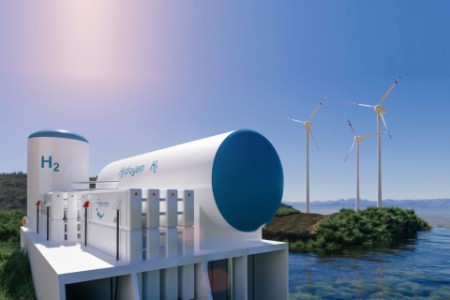The Inflation Reduction Act of the United States is one such move which can prove to be a "turning point" in the economics of technologies like renewable energy and hydrogen. US is the second largest producer and consumer of Hydrogen globally after China, accounting for ~13% of global demand. Post IRA (Inflation Reduction Act) developments have accelerated energy transition and incentivized green hydrogen capacity development, however some states such as Texas, Florida, California, and Pennsylvania have high green hydrogen potential driven by access to low LCOE, existing hydrogen infra and proximity to large hydrogen demand centers.
After introduction of IRA, US is positioned to be one of the lowest green hydrogen production cost regions in the world, at $0.5 to $1.5 per kg of green hydrogen, which is going to substantially boost the demand in the US, potentially growing to ~30 MTPA by 2030 to 35, setting a precedent for other countries to follow.
For the next ten years, US - IRA will provide a clean hydrogen Production Tax Credit (PTC) for facilities that commence construction by the end of 2032, along with additional credits across the value chain (for example, renewable credits), enabling a credit of more than $3/kg for green hydrogen production. As an alternative to the PTC, a developer may get selected for ITC (Investment Tax Credit) with respect to blue hydrogen production facilities, receiving an ITC of up to 30% depending on the carbon intensity of the production process.
Over the past few years, major businesses and economies have looked to tap into the emerging green hydrogen industry in a bid to decarbonize the way sectors essential to modern life function. US green hydrogen market is still evolving. Currently, 75% of the announced green hydrogen capacity is from H2 players, with 24% of the announced project capacity from RE/utility players and ~1% announced capacities from oil and gas/chemical players.


